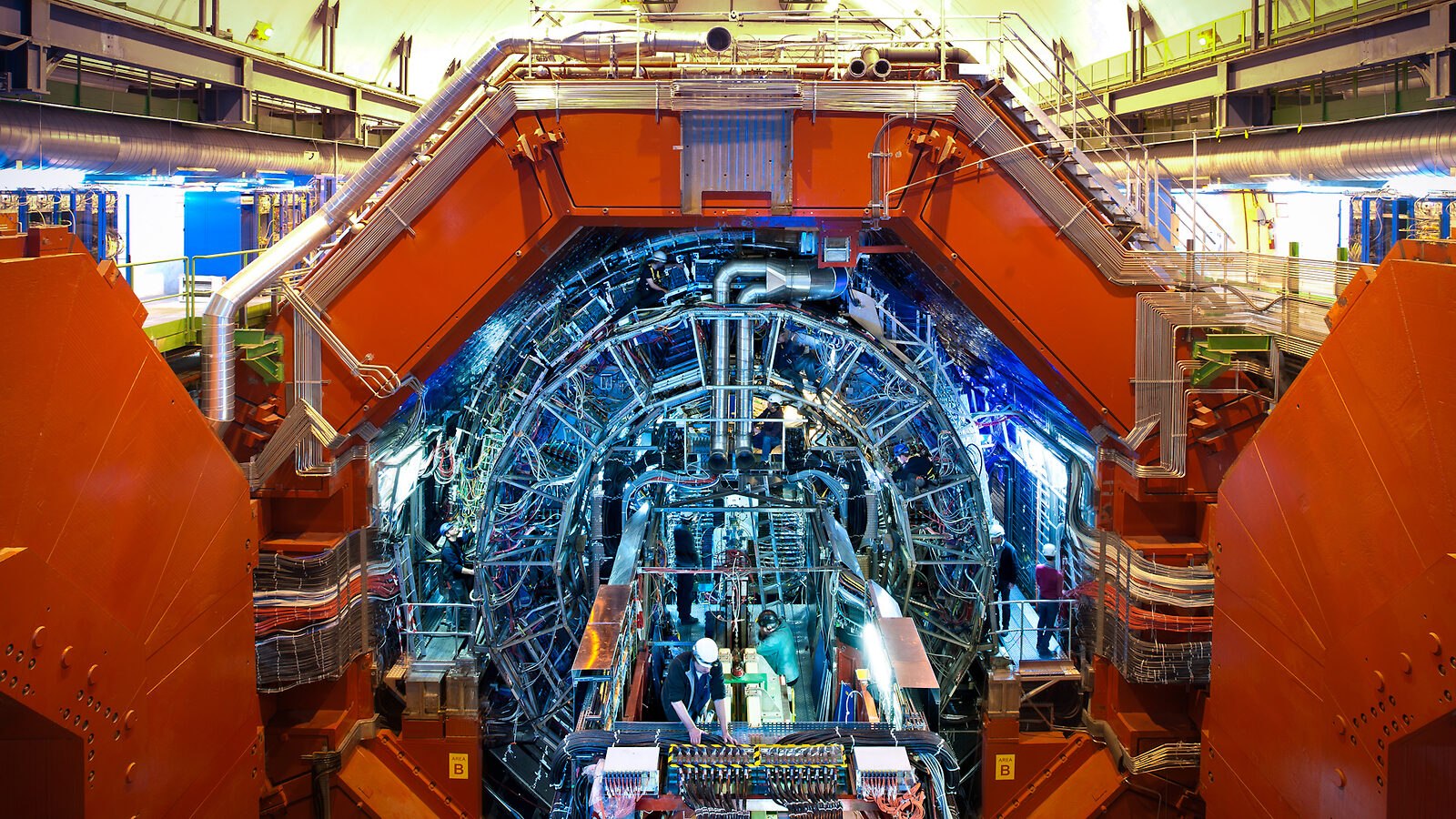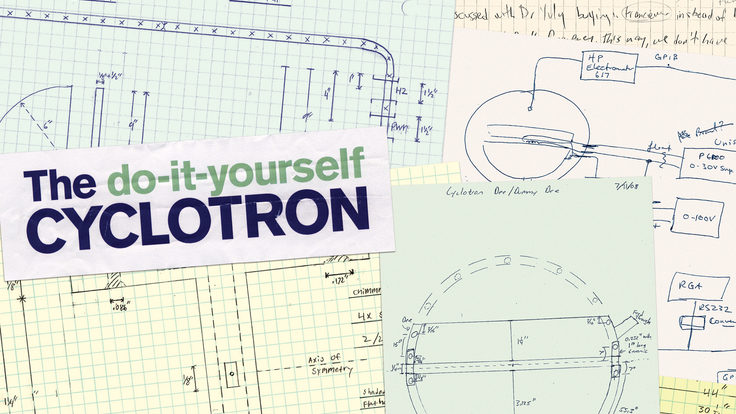When two heavy ions collide inside a particle accelerator, they produce a near-perfect fluid through which an assortment of fundamental particles swim. For scientists to accurately simulate even a tiny drop of this hot and dense subatomic brew with a classical computer, it would take longer than the age of the universe.
A collaboration of theorists, experimentalists and computer scientists are exploring how they could crack the mathematics with the help of a powerful and emerging tool: quantum computing.
“It’s time for us to start thinking about how we can benefit from advances in quantum hardware,” says James Mulligan, a postdoc at the US Department of Energy’s Lawrence Berkeley National Laboratory working on the ALICE Experiment.
Today, physicists use clusters of high-powered classical computers to crunch numbers and generate simulations of the subatomic world. Classical computers reduce complex information into combinations of ones and zeros called bits. A computer’s hardware processes and encodes these bits by releasing tiny bursts of electrons (for example, a one could be represented by a charge and a zero with no charge). From these simple building blocks, computers can perform incredibly complex calculations, but they require a huge amount of time and resources.
A quantum computer takes this principle of classical computing and adds a thick layer of nuance.
“It hinges on the fact that quantum space has properties that classical bits of information do not,” Mulligan says. “A quantum object [such as a particle] can simultaneously be in two states at once, something we call superposition.”
Quantum computing swaps the deterministic property of “charge vs. no charge” for a quantum property such as an electron’s spin. Spin is an intrinsic characteristic that—when measured—will settle into one of two possible states: ‘spin-up’ or ‘spin-down.’ But because it’s a quantum property, until a measurement is made, the electron’s spin is a superposition of both possibilities.
“If you think of the electron’s spin like a needle rotating around inside a sphere, it could point in any direction,” says Xiaojun Yao, a postdoc at the Massachusetts Institute of Technology. “When a measurement is made, it will be either spin up or spin down, but what matters is what happens before we do the measurement. We can gain some advantage.”
Each qubit—that is, the quantum equivalent of a bit—behaves like a microscopic probability spinner that can be tuned and controlled by the computer’s programming. The tuning (which is represented by a complex number) replaces the binary ‘one or zero’ notation of classical bits.
“In practice, one qubit cannot be more powerful than a classical bit,” Yao says. "But multiple qubits can be more powerful than multiple classical bits. Theoretically, a small collection of qubits could store a huge amount of information.”
This switcheroo from binary to non-binary dramatically increases a quantum computer’s ability to perform multifaceted calculations. “It’s exponential,” says Felix Ringer, a postdoc at Berkeley Lab. “A calculation using n number of qubits on a quantum computer would need 2n classical bits on a standard computer.”
While quantum computers carry little advantage for simple tasks like typing text messages or streaming videos, the implications for certain types of complex calculations are enormous.
“We can use the quantum processes happening inside a quantum computer to simulate the quantum processes happening inside our experiment,” Ringer says. “Eventually, we could use quantum computers to solve big outstanding problems in our theoretical understanding of the world.”
Today’s quantum computers are still in their infancy and lack the intricacy and reliability of classical computers. But Mulligan, Yao and Ringer want to be ready when the technology matures.
Recently, they performed a proof-of-principle study—with funding from DOE’s Office of Science and Berkeley Lab—that examined how the properties of a heavy particle could be impacted after it traversed through a quark-gluon plasma. Quark gluon plasmas are the hottest and densest known state of matter and produced during heavy ion collisions, such as those inside the Relativists Heavy Ion Collider at the DOE’s Brookhaven National Laboratory and the Large Hadron Collider at CERN. The team of scientists ran their simulation on both a real quantum computer built by IBM and on a classical computer configured to imitate a quantum computer.
“It was slightly more difficult than I expected,” Yao says. “The current quantum machines are noisy, and you have to apply error mitigations to account for the noise and get meaningful results."
After several months of honing their code and testing the outcomes, they were able to demonstrate that these kinds of calculations are already feasible on today’s quantum computers.
“It’s important to start now and to explore these techniques,” Ringer says. “Potentially, the particle physics community could even have an impact on shaping the evolution of quantum computing by proposing interesting problems that the next generation of machines could solve. There’s many opportunities for collaboration and innovation.”







